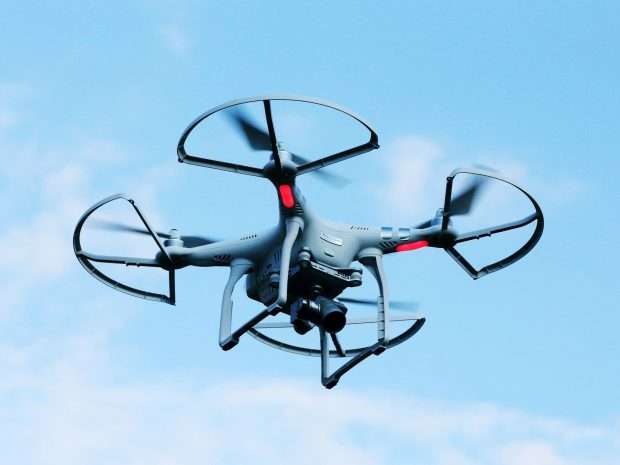Drone Safety
Owning a drone can be exciting, fun, and even lucrative. But the associated rules and regulations around drone operations can be difficult to interpret. So for drone pilots wishing to fly recreationally, or “fly for fun”, we’ve outlined the general rules you should follow in order to fly safely and responsibly in most areas and situations worldwide. And its important to understand how to maintain drone safety.
Here are the basic rules that you should abide by when flying drones for fun in order to maintain drone safety:
1. Stay below the maximum allowable altitude, typically 400 feet
How high can you fly your drone? As a general rule, aviation authorities recommend flying below 400 feet or 121 meters AGL in order to avoid possible conflict with manned aircraft such as airplanes or helicopters. AGL stands for Above Ground Level, or height from the ground or earth.
Rules vary from country to country (e.g., maximum allowable height in Canada is 90 meters), so check AirMap or your local aviation authority. It is your responsibility to make sure that your drone stays within this safety limit at all times. 1st tip to maintain drone safety.
2. Maintain visual line of sight.
This is the technical way of saying to always make sure that you can see your drone in plain sight at all times. You may not rely solely on your drone’s FPV camera or use vision-assisted aides such as binoculars or telescopes (correctional lenses, however, are okay). Also make sure to check your local weather conditions as fog and clouds can impede your vision of your drone as well. 2nd tip to maintain drone safety.
3. Don’t fly over people.
While you might think a popular beach might be a great place to capture a stunning view with your new drone, flights over people are not permitted. This can include over a group of people or even a single person not part of the associated flight crew. Practice good judgment and make sure to stay away from stadiums, public events, and community events where large groups of people may congregate. 3rd tip to maintain drone safety.
4. Fly in accordance with a set of community based guidelines.
Your city, town, or province might have its own local regulations regarding flying drones. So make sure to check with your local authority to observe and abide by those rules. If the area you plan to fly in does not have any local drone regulations, then you can defer to the rules laid out by your country’s aviation authority, such as the FAA. 4th tip to maintain drone safety.
5. If you’re flying within 5 miles of an airport, give notice to the airport.
A popular misconception among drone pilots is that if you are flying recreationally. You are not allowed to fly within 5 miles of an airport. However this is not true. In the United States, the FAA states that drone pilots who wish to fly within 5 miles. But must give notice to two entities prior to flight:
1. The Airport Operator/Manager AND
2. Air Traffic Control (if the airport has an air traffic control tower)
In the AirMap mobile apps, we make it easy to provide notice to airport managers by providing the telephone numbers of each airport as well as the ability to submit digital notice to participating D-NAS airports. Learn more about submitting digital notice here. 5th tip to maintain drone safety.
6. Don’t fly after dark
This final rule is the most simple: do not fly after dark, even if your drone has night lights. Dark is considered 30 minutes before official sunrise or 30 minutes after official sunset. This is known as civil twilight. 6th tip to maintain drone safety.
Hence, Must follow these tips to maintain drone safety.

